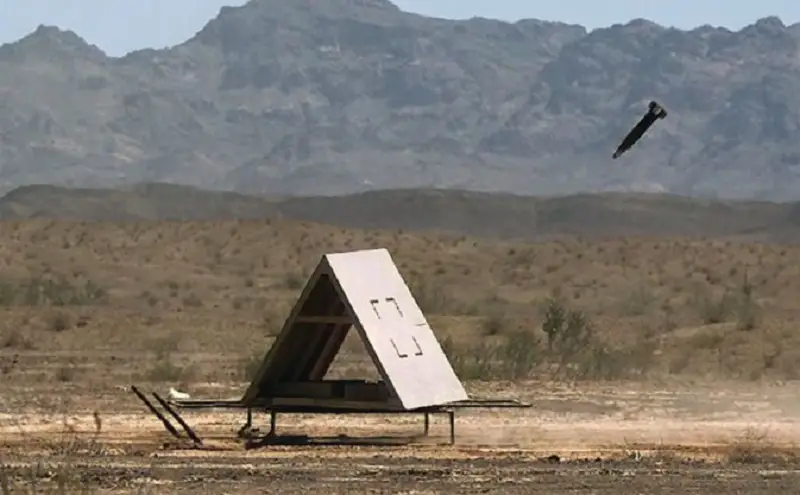Raytheon Missile Systems has conducted live firing tests of its Excalibur S semi-active laser (SAL) guided artillery projectile against a moving target. Conducted at the Yuma Proving Ground in Arizona in April 2019, but not disclosed until 5 February this year, two Excalibur S rounds were fired from a I55 mm M777 towed howitzer against a 3×3 m moving target, which was designated by a ground lasing system. The tests also validated the Excalibur S projectile’s ability to survive the shock and stress of a howitzer firing, then transition from global positioning system (GPS) to laser guidance. The range for the Excalibur S projectile fired from an M777 is approximately equivalent to that of the Excalibur Ib, fired from the same weapon: approximately 35–40 km.

The testing was conducted in collaboration with the US Office of Naval Research (ONR), which is evaluating moving target artillery capabilities for the US Marine Corps, which fields the M777. An initial test of the Excalibur S was conducted at Yuma in 2014. Trevor Dunwell, product area director for Raytheon Missile Systems, told Jane’s additional Excalibur S tests for ONR are planned this year, but he was not cleared to disclose the timeline or testing location. Raytheon Company had initiated an internally funded program to enhance its combat-proven 155mm Excalibur GPS-guided projectile with a new guidance and navigation unit (GNU) with a semi-active laser (SAL) end-game targeting capability. Recent tests of the SAL seeker have demonstrated the robustness of the design in a severe gun-firing environment.

The M982 Excalibur (previously XM982) is a 155 mm extended range guided artillery shell developed during a collaborative effort between the US Army Research Laboratory (ARL) and the United States Army Armament Research, Development and Engineering Center (ARDEC). In addition to 155mm artillery land forces worldwide, the GPS/SAL capability will be available for both 155mm and 5-inch (127mm) naval guns to address moving targets on land and at sea.The transition to the naval 5-inch configuration is easily made as the existing 155mm Excalibur Ib GNU design also fits in a 127mm projectile body. It is in service and on order with the U.S. Army and Marine Corps, Australia, Sweden, Canada, the Netherlands and Jordan, and is being considered by other international partners.













